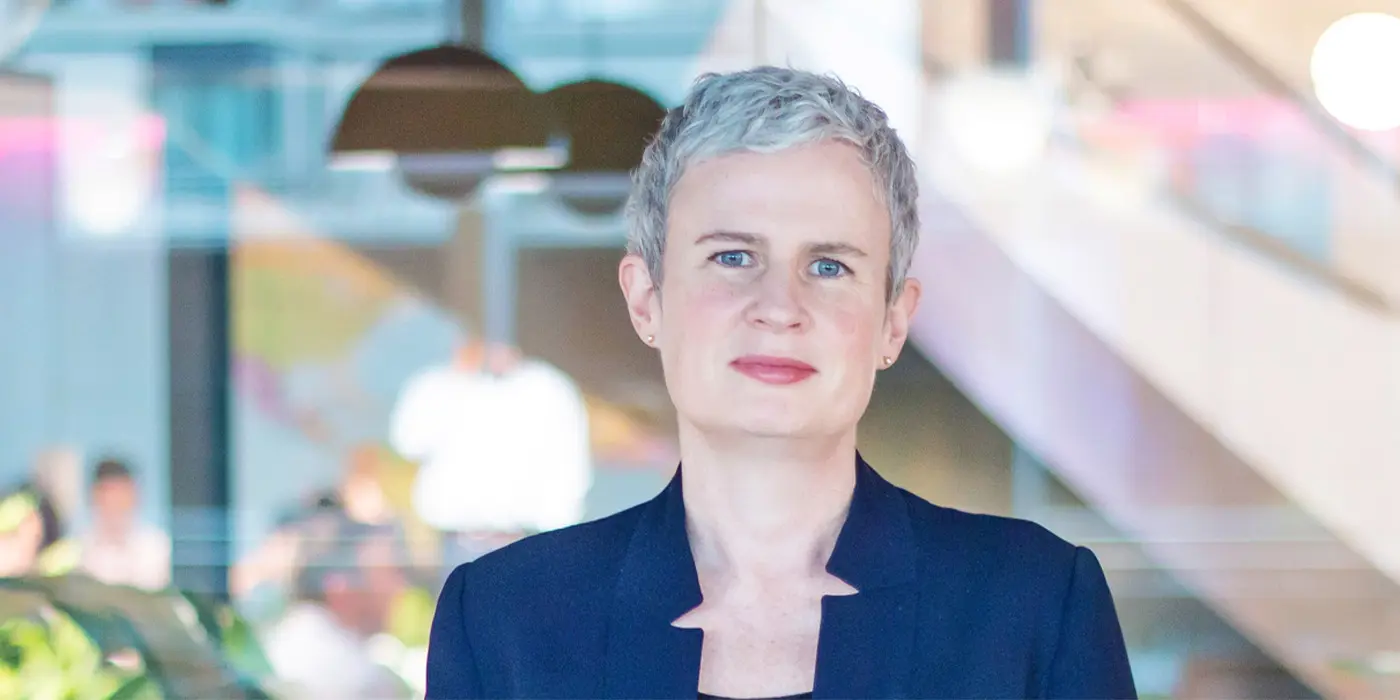
Bending the IT spend curve: how to get the most from your IT spend in the AI era
7 min read 13 August 2025
Consumption-based charging for cloud computing, SaaS and AI tokens means the dynamics of IT spend are shifting. Discover how to take control, whether your priority is to drive down costs or re-tool your IT to deliver growth.
IT spend is rising across sectors. Gartner forecasts that worldwide IT spending will hit $5.43 trillion in 2025, a 7.9% increase from 2024, and is set to exceed $7 trillion by 2028. But it’s not just the amount of spend that’s changing. The fundamental dynamics of that spend – in both the public and private sectors – are also shifting.
With the rise of cloud computing and as-a-service models, IT costs have shifted from large, upfront capital expenditures to ongoing operating expenditures. You now pay for compute, storage, data transfer, AI model tokens, API calls and managed services on a consumption basis. This enables more flexible scaling, but also introduces variability and complexity into cost management and forecasting.
Meanwhile, tech leaders are under growing pressure from executives, boards and shareholders who are increasingly demanding greater accountability and ROI from IT spend. They want to ensure IT contributes actively to business value and drives competitive advantage. The message is clear: technology must become more commercially accountable.
A new era requires a new mindset
Most IT functions aren’t equipped to meet this challenge. While technology has made huge advances, understanding of tech economics hasn’t kept pace. In a world where more companies choose to ‘rent’ IT services rather than build capabilities in-house, this disconnect is a growing liability.
A rigorous 'bottom up and top down' approach to platform and cloud economics is essential for success. Initial cloud and SaaS deals often receive commercial scrutiny, but ongoing consumption rarely does. This can quickly lead to costs spiralling. We’ve guided numerous large negotiations and renewal cycles and using detailed consumption analysis, we've seen first-hand across industries how the gap between deal-making and day-to-day management creates substantial financial exposure. With the growth in new, consumption-based AI tools, this will only increase.
Enter the techno-commercial mindset – a fundamentally different approach that goes beyond traditional IT service management or IT procurement.
Procurement and IT must evolve
A joined-up approach with Procurement and co-ownership of cost and value across the supplier lifecycle is critical. Value is gained and lost at every point: from initial POCs and architectural decisions through to vendor and consumption management. Procurement teams need to move from renegotiating at the time of renewal to building long-term leverage, intervening based on market intelligence, and acting at the optimum time – not playing into the vendor’s hands with last-minute tactical negotiations.
IT functions must evolve too – shifting from simply deploying applications and maintaining architecture to managing the underlying economics of these systems. This requires new skills in platform economics, commercial structures and value optimization. Without these capabilities, business leaders risk overspending on maintenance activity rather than selecting investments that create true business value.
Navigating shifting spend dynamics with the right expertise
Adapting to variable, consumption-based tech spending demands more than one-off cost-cutting. It requires strategic effort to bend the cost curve – reshaping how the entire business approaches cost management. We've helped companies across industries master this evolution. Here’s how our approach has delivered across sectors:
Helping a global energy enterprise shift to IT consumption management
Challenge: An oil and gas major faced soaring SaaS, cloud and data costs, and growing risk from vendor lock-in. 3rd party IT spend was over $1bn, with the business increasingly reliant on critical cloud and SaaS platforms. They came to Baringa with a pressing question – how do we deliver digital transformation at scale while improving our commercial position?
Solution: We worked alongside the client’s architecture, procurement, and vendor management teams and technology leadership to establish a five-year digital cost strategy, addressing key issues such as limited FinOps and software asset management (SAM) maturity, opaque consumption trends, inconsistent vendor commercial treatments and poor forecasting. We created a five-year roadmap to address rising IT costs and enable an efficient consumption-based model that lays the groundwork for broader adoption of consumption-based Agentic AI services.
Together, we built a vendor segmentation model, defined high-risk lock-in areas and explored options to update infrastructure. We also introduced new ways of thinking about enterprise-scale cloud economics, including mechanisms to attribute SaaS and IaaS spend to business outcomes.
Impact: The results were transformational. The client stood up an IT Consumption Management capability, launched a proof-of-concept with industrial-grade cost management tooling and developed a segmented playbook to renegotiate supplier contracts with an eye toward flexibility, long-term viability, and lower TCO. A dual-vendor strategy for cloud , underpinned by more disciplined forecasting and consumption modelling, created a credible path to sustained savings and commercial leverage in future negotiations.
Shaping a future-ready, cost-efficient model for a leading financial services firm
Challenge: A UK banking group was running significantly higher IT costs than industry standards and the gap was widening. The group needed to cut these escalating costs urgently while also getting its IT fit for the future.
Solution: We helped create a long-term technology and cost strategy. Our analysis of the bank's financial, operational and technical landscape identified key pain points, including inefficient resourcing strategy, application and infrastructure complexity, and poor governance over IT spend. This insight informed a practical, five-year roadmap to address rising costs and build a more efficient, future-ready IT function.
Impact: Through analysis of IT headcount, application and infrastructure portfolios, and IT spend, we identified over 18% in annual resourcing cost savings and over 27% in savings over five years from application rationalization—including an approximate 36% reduction in applications. We delivered a clear path forward with a robust business case, detailing non-financial benefits, potential people impacts, and a phased roadmap to help the client implement the changes.
Using divestiture as a catalyst for cost reinvention
Challenge: Following a major divestment, a global resources company needed to reduce costs without compromising future growth. The company had a target budget in mind, but lacked clarity on implementation details and optimisation opportunities across their complex IT landscape.
We came on board to identify what parts of the IT estate should leave with the divestment and to improve the remaining parts helping to streamline their application landscape and identify opportunities for wider operating model and service desk efficiencies.
Solution: We created a comprehensive methodology to link the budget to over 100 applications across areas including front office, finance, risk and data management. Next, we followed a staged approach to evaluate different categories, ranging from complete divestments to architectural options and efficiency improvements across infrastructure and licensing agreements. Direct engagement with functional IT heads enabled us to align cost-reduction initiatives with business outcomes and functional requirements.
Impact: Ultimately, we identified opportunities to cut total IT costs by 50%. Beyond this, our team provided a clear vision for the future, setting the stage for long-term efficiency and value creation.
It’s time to rethink the economics of IT
Managing modern IT spend is about more than technical competence. It demands intentional architecture decisions, forward-looking vendor strategies and precise alignment between technology spend and business value creation. Companies that embrace this approach will be positioned to achieve sustained value and stronger competitiveness in the digital future.
Our proven approach to cost optimization delivers the clarity and focus that companies across all sectors need to unlock greater efficiency and value from IT. Whether you’re bending the IT spend curve or retooling IT to deliver business growth, get in touch with Orla Keady, Jamie Ogilvie-Smals or Sean Egan to learn how we can help you shape more sustainable IT spending practices.
Our Experts


Is digital and AI delivering what your business needs?
Digital and AI can solve your toughest challenges and elevate your business performance. But success isn’t always straightforward. Where can you unlock opportunity? And what does it take to set the foundation for lasting success?